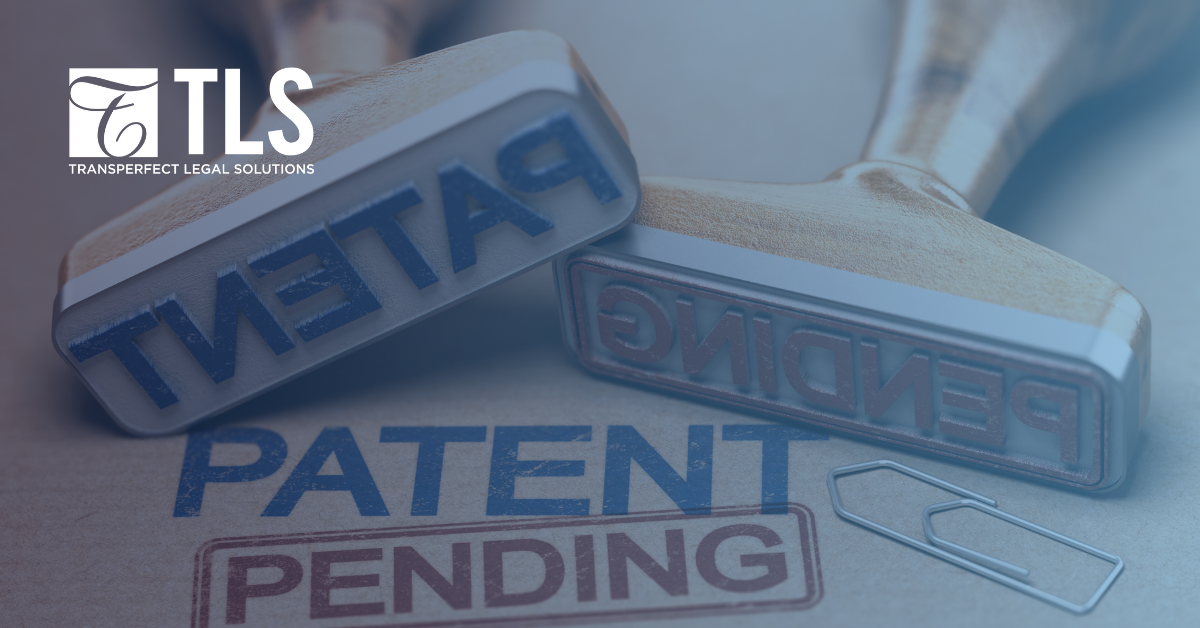Mitigating Risk in Foreign Patent Filings
Mitigating Risk in Foreign Patent Filings


Patent portfolios are a fundamental building block, and an important revenue stream, for today’s global companies. The USPTO reported a 10% increase in the number of patents issued from 2012 to 2013, with the total number of assignees increasing by more than 4,000. Among PCT filing countries, China, the US, and Sweden all saw double digit growth in 2013, and WIPO increased by 5%.
Quality
The first line of defense in a foreign filing strategy is the quality of the patent translations. Mitigating IP risks requires specialists with extensive technical and subject matter expertise, as well as significant language experience. Word choices and terminology throughout the patent—as well as the family of patents that follow—are also critical to long term efficiency and savings.
Too often, corporate patent departments send their patents to foreign counsel without considering who will complete the translation. Is it foreign counsel, an in house agent, or an in country translation company? And who reviews the translations before they are sent to the patent office?
Your patent team must be comprised of scientific and linguistic experts with patent translation experience who work hand in hand with the foreign counsel team to bring your IP to market. Simply put, they need to understand the material so comprehensively that they can easily identify errors in the source document. The highest quality translations are imperative because poorly translated patents will likely cost additional time and money to amend—which may not even be an option at all.
Thus, industry experts and foreign counsel should work in tandem to address questions well in advance of deadlines.
Cost Savings through Translation Memory
The AIPLA reported that more than 50% of foreign filing spend may be directly related to translation costs. How does consistency in terminology play a key role?
Translation memory (TM) is a technology that allows content segments that have been previously translated, edited, and proofread by qualified human linguists to be stored and leveraged for all future projects. TM technology dramatically reduces translation costs by leveraging previously translated content; it also expedites turnaround times since linguists are not required to retranslate content that is already stored in TM. Most importantly, utilizing TM vastly improves consistency across a family of patents.
For the purposes of this article, hundreds of patents from top filers in the Consumer Products, Automotive, Life Sciences, Industrial Manufacturing, High Tech, Oil & Gas, and Chemical industries were analyzed. How do these filing leaders control their consistency with repeated text to directly improve quality, efficiency, and cost control?
If your company operates in one of the above industries, but does not currently capitalize on your IP process via translation memory, you are at risk of incurring unnecessary costs. While the average lengthof the patents analyzed varied greatly, these statistics, if properly leveraged, show an average cost savings of 15–20% and a reduction in time to market of 3.5 days. TM use also enables a level of consistency that no linguist alone can deliver.
Leveraging your existing patent portfolios for immediate and long term success is an essential and logical step to take in developing your IP strategy. Traditional methods may lack a workflow to maximize translation quality and fail to offer mechanisms to manage costs. With increased competition from the greater number of assignees and patent filings, mitigating risk and cost are vital to your IP success in 2014 and beyond.